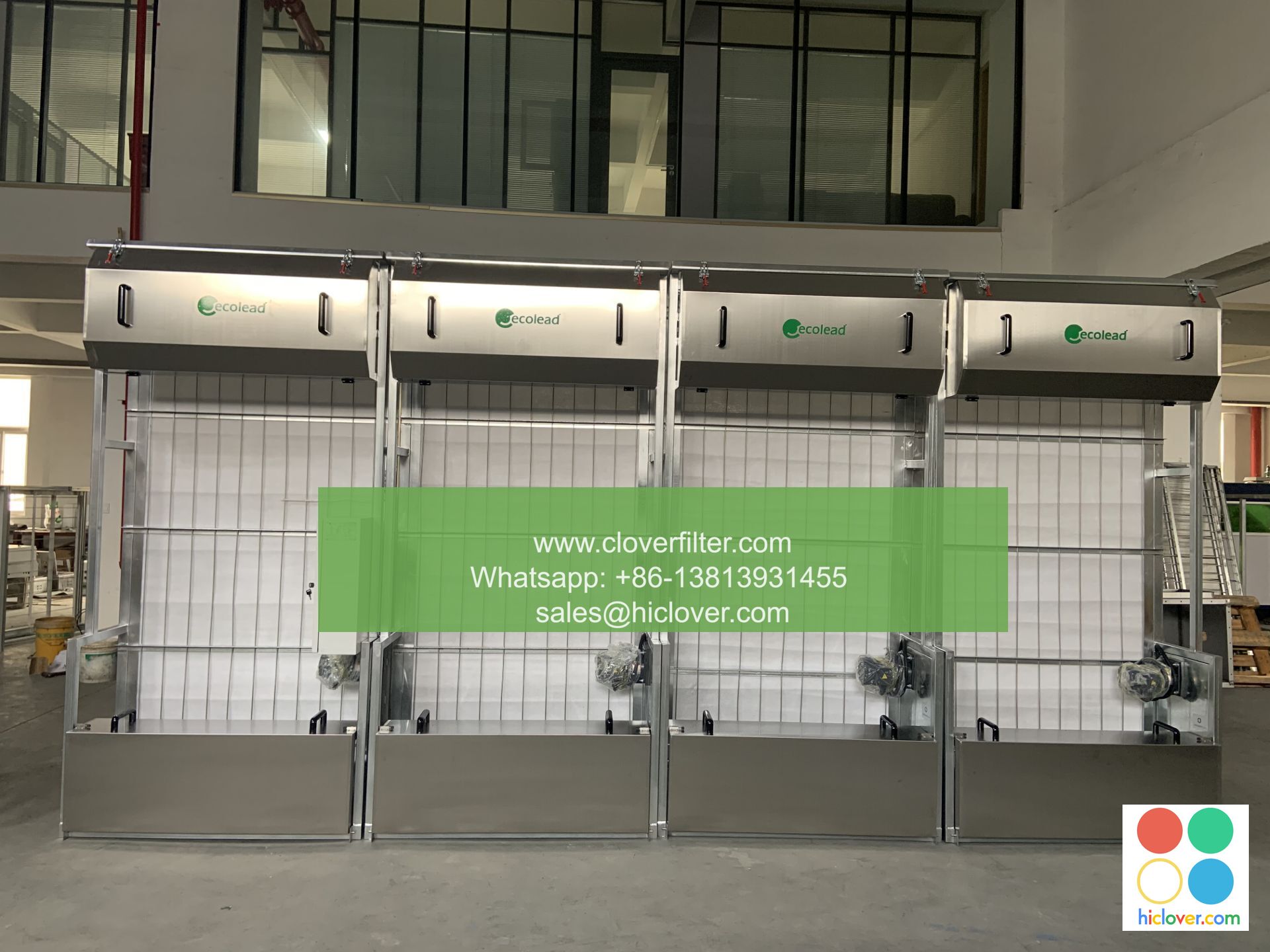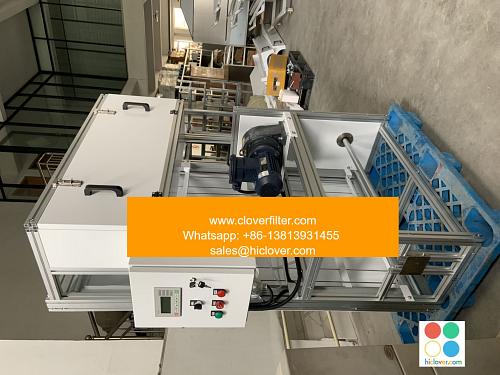The Role of Air Filter Distribution in Hospital Operations

Air filter distribution plays a crucial role in maintaining a healthy and safe environment in hospitals. The primary function of air filters is to remove airborne contaminants, such as particulate matter, bacteria, viral particles, and volatile organic compounds (VOCs), from the air. In hospitals, this is especially important as patients, visitors, and staff are at risk of contracting airborne infections. Effective air filter distribution is essential to prevent the spread of hospital-acquired infections (HAIs) and ensure indoor air quality (IAQ) meets the required standards.
Applications of Air Filter Distribution in Hospitals
Air filter distribution is used in various areas of hospitals, including:
* Operating rooms (ORs): High-efficiency particulate air (HEPA) filters are used to maintain a sterile environment, minimizing the risk of surgical site infections (SSIs).
* Intensive care units (ICUs): Air filters help reduce the concentration of airborne pathogens, such as Methicillin-resistant Staphylococcus aureus (MRSA) and influenza, which can be particularly hazardous to critically ill patients.
* Isolation rooms: Air filters are used to prevent the spread of airborne infectious diseases, such as tuberculosis and Severe Acute Respiratory Syndrome (SARS).
* Pharmacies: Air filters help maintain a clean environment for the preparation and storage of medications and sterile compounds.
* Central sterile supply departments (CSSDs): Air filters ensure the sterility of medical equipment and supplies during the reprocessing and storage phases.
Benefits of Effective Air Filter Distribution
The benefits of effective air filter distribution in hospitals include:
* Improved indoor air quality (IAQ): Reduced concentrations of airborne contaminants enhance the overall health and well-being of patients, visitors, and staff.
* Reduced risk of hospital-acquired infections (HAIs): Effective air filter distribution helps prevent the spread of airborne infections, resulting in improved patient outcomes and reduced morbidity and mortality rates.
* Increased patient safety: Air filters help maintain a safe environment, minimizing the risk of adverse events and medical errors.
* Enhanced regulatory compliance: Hospitals that implement effective air filter distribution systems can ensure compliance with regulatory standards, such as those set by the Centers for Disease Control and Prevention (CDC) and the Occupational Safety and Health Administration (OSHA).
* Reduced energy consumption and costs: Proper air filter distribution can help optimize heating, ventilation, and air conditioning (HVAC) system performance, resulting in energy savings and reduced operational costs.
Best Practices for Air Filter Distribution
To ensure effective air filter distribution, hospitals should follow best practices, including:
* Regular filter maintenance and replacement: Scheduling regular filter changes and maintenance can help ensure optimal performance and prevent filter degradation.
* Air filter selection and sizing: Choosing the correct type and size of air filter for each application area is crucial to ensure adequate airborne contaminant removal and system performance.
* System monitoring and testing: Regular monitoring and testing of air filter distribution systems can help identify potential issues before they become major problems.
* Staff training and education: Providing hospital staff with training and education on air filter distribution and infection control practices can help ensure a safe and healthy environment for patients and visitors.
In conclusion, air filter distribution plays a vital role in maintaining a healthy and safe environment in hospitals. By understanding the applications, benefits, and best practices of air filter distribution, hospitals can ensure effective airborne contaminant removal, infection control, and indoor air quality (IAQ) management, ultimately enhancing patient safety and outcomes. It seems like you’re ready to start a conversation or ask a question, but you haven’t provided a specific prompt yet. Could you please provide more details or clarify what you’re looking for? I’m here to help with any questions or topics you’d like to discuss!

